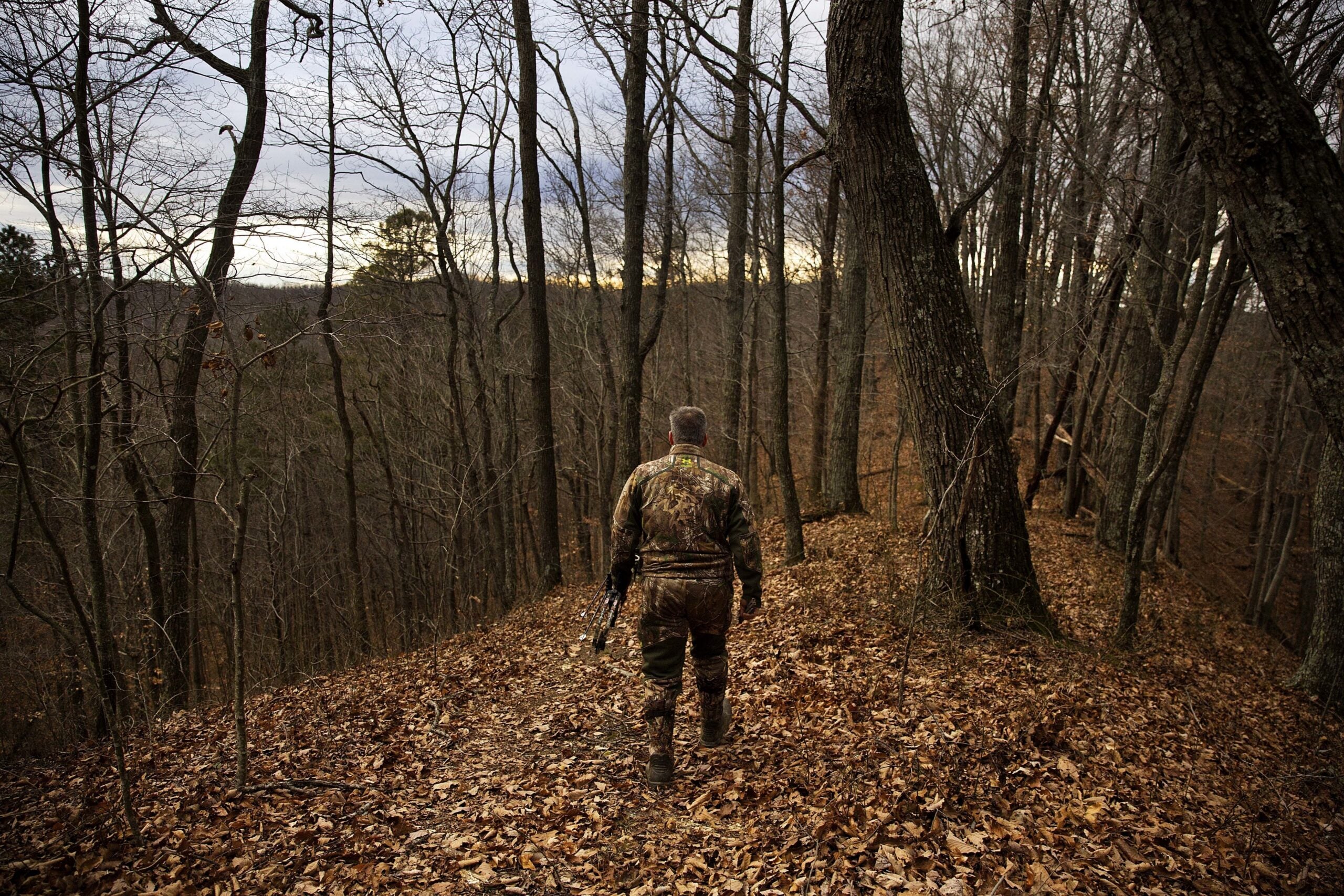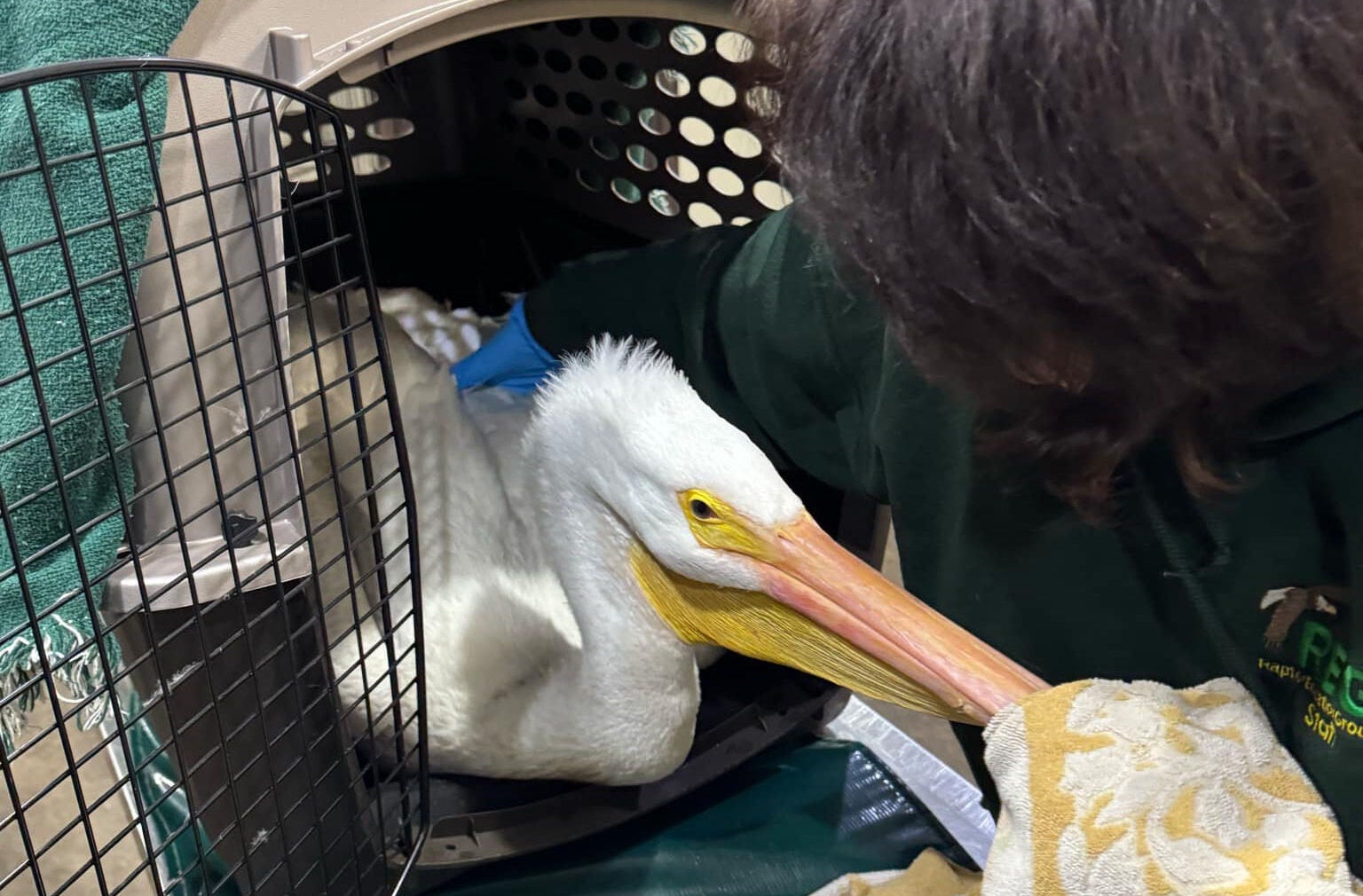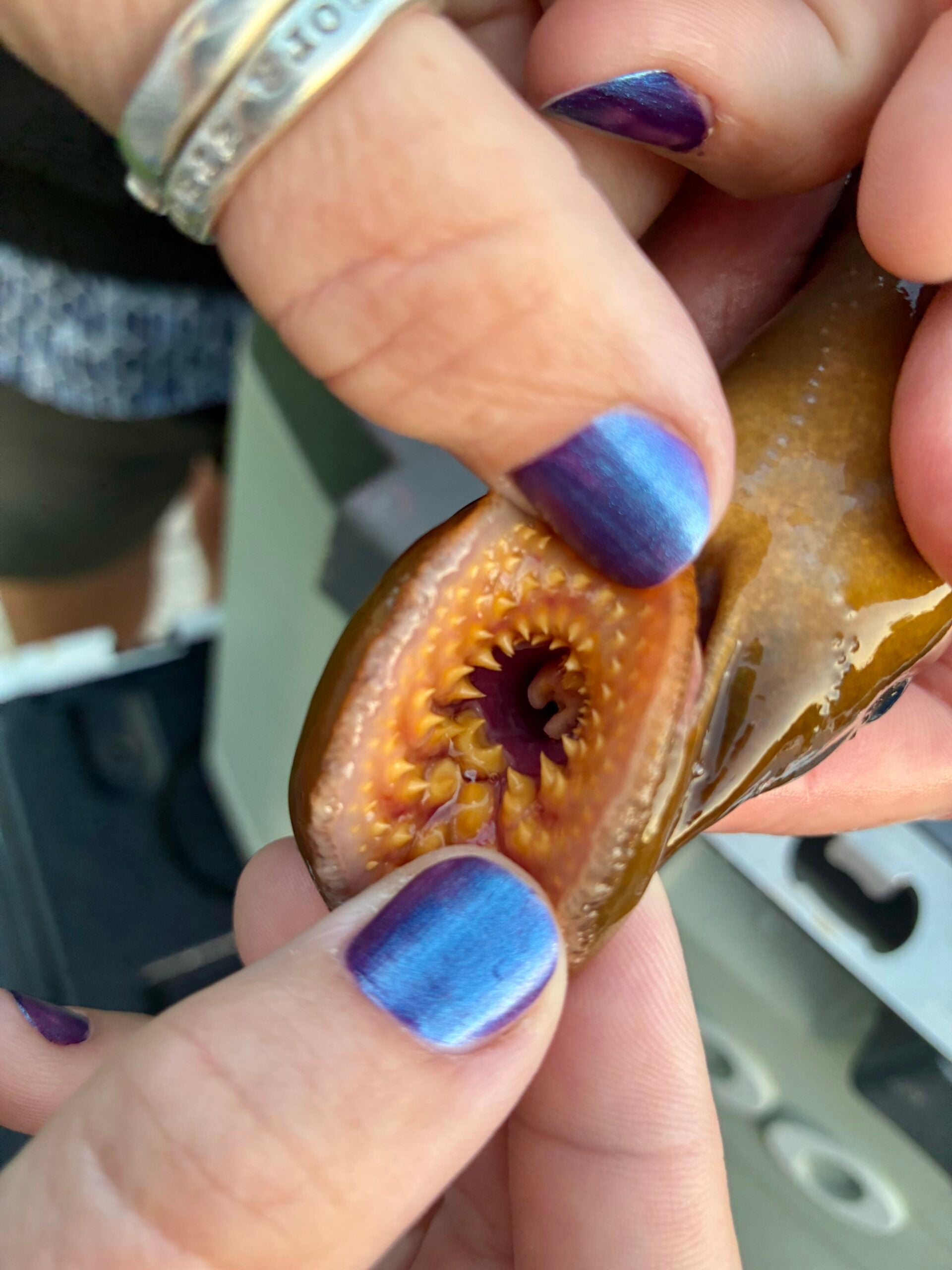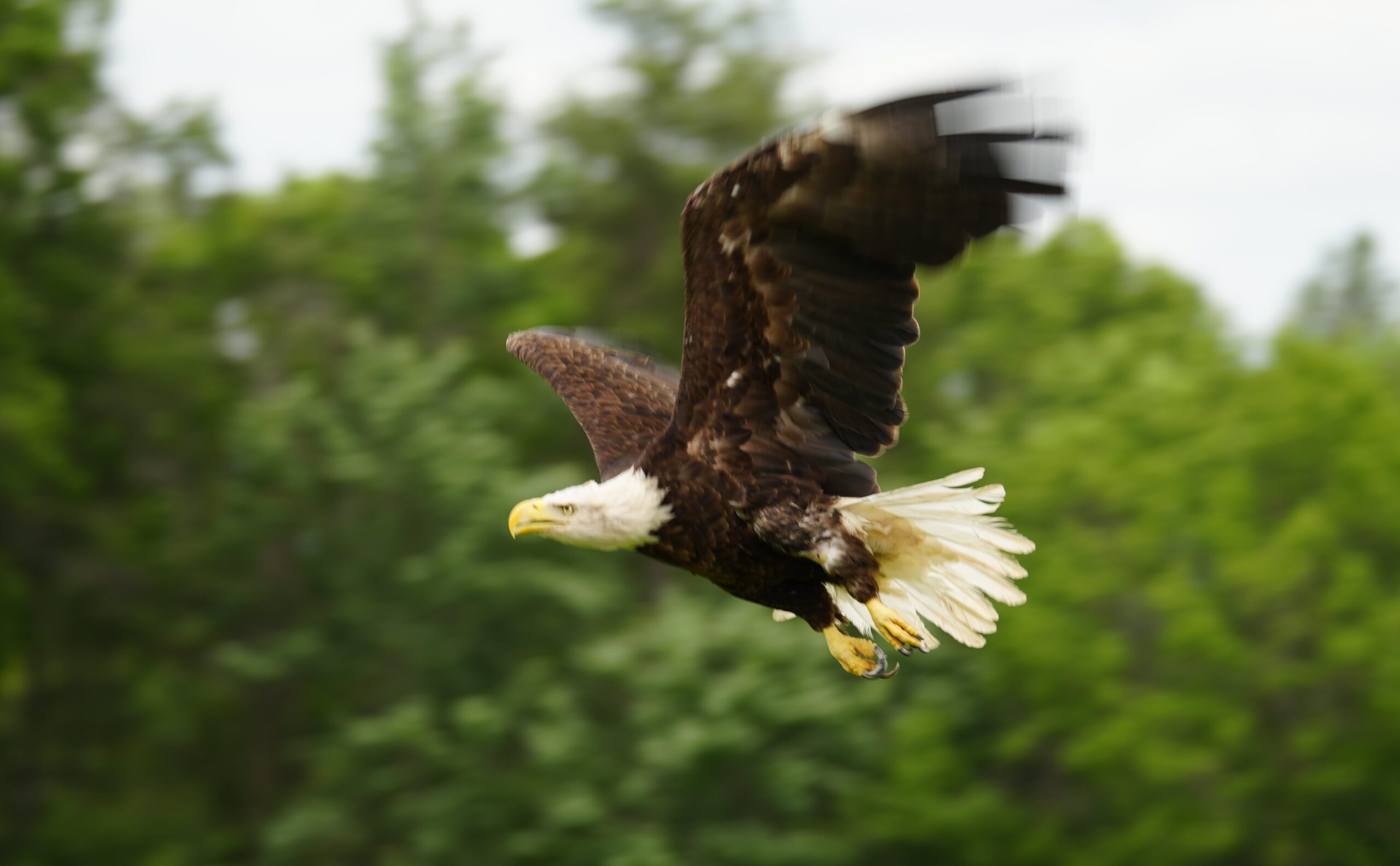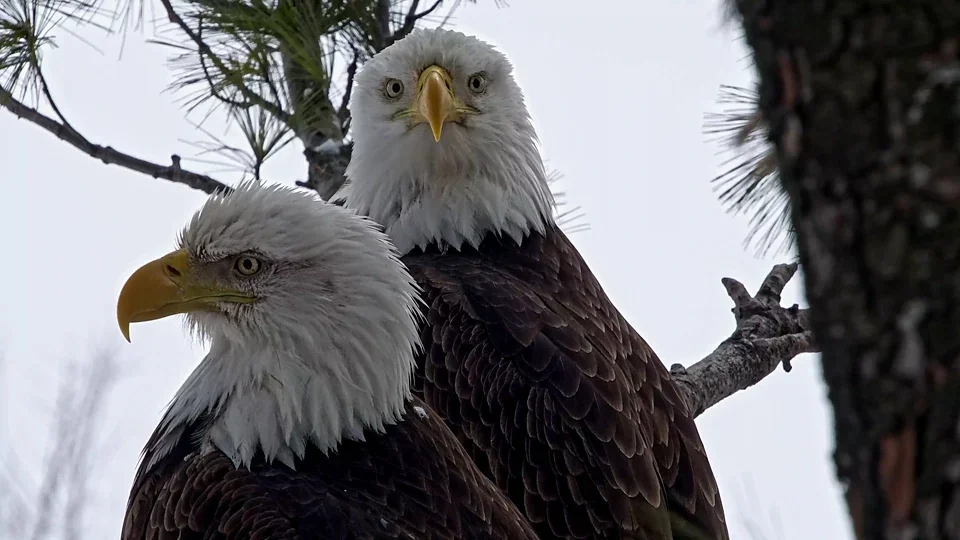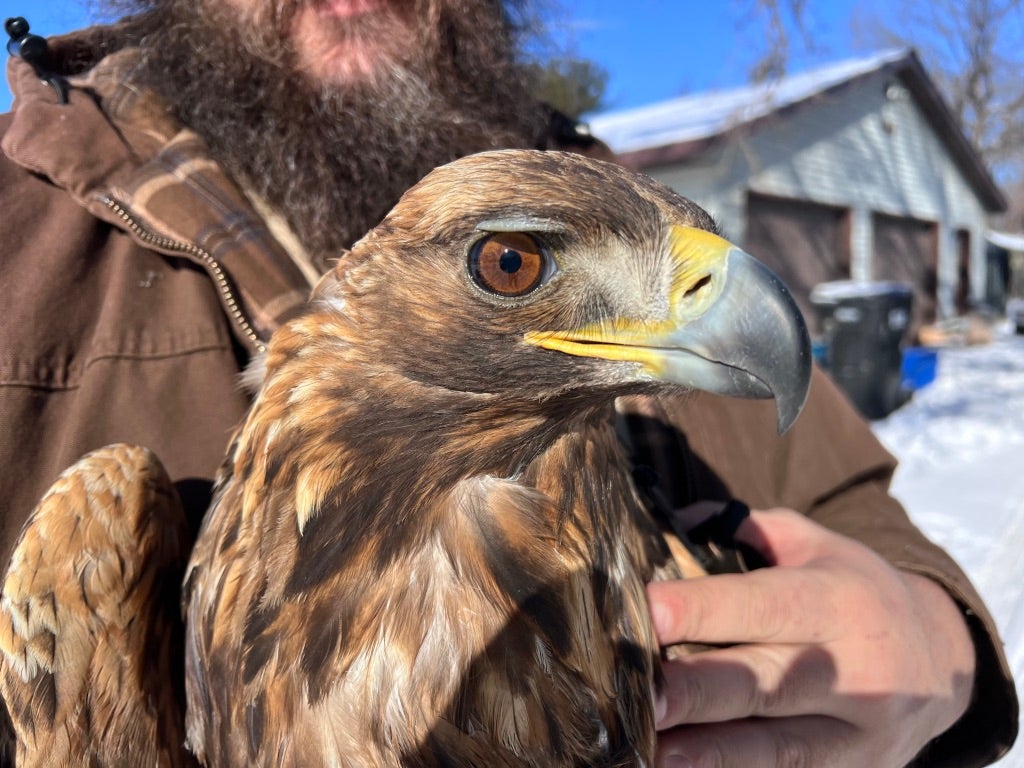The Northwoods Wildlife Center in Minocqua recently said they treated a bald eagle after finding it lying face down on the ground — the eagle later died.
The center said the eagle had a lead toxicity level “over four times the level that would allow her to function.” The culprit of the exposure was likely ingesting prey that contained discarded lead.
Lead exposure to wildlife and hunting have long been a point of concern, said Patrick Durkin, president of the Wisconsin Outdoor Communicators Association.
News with a little more humanity
WPR’s “Wisconsin Today” newsletter keeps you connected to the state you love without feeling overwhelmed. No paywall. No agenda. No corporate filter.
“We’ve been looking at these kind of cases since at least the 1990s, and this probably happened before then,” he said.
Bald eagles are scavengers and can be exposed to lead from bullet fragments in animal carcasses left behind during hunting season, or in fish exposed to lead from fishing equipment.
“Once it gets into the system and gets broken down and into the blood system, it usually makes them very sick or it kills them,” Durkin said.
The bald eagle found by the Northwoods Wildlife Center spent three weeks with the center getting tube-feedings and subcutaneous fluids, but once the lead reached her blood system she became too weak to handle the chelation medications that helps remove lead from the system, according to a Facebook post from the center.
The Northwoods Wildlife Center called the eagle’s death a “teachable moment.”
Lead in ammunition is common, Durkin said, and bullets containing lead tend to be the cheaper option.
But there are alternatives. For his part, Durkin uses copper bullets when he hunts.
“Some people even call them ‘hippie bullets’ because folks like me that think, well, they’re a good thing for the environment,” he said.
“At least they’re thinking about the fact there are alternatives, and maybe they end up trying them and finding out like I’ve done, that they work really well,” Durkin continued. “They’re accurate, they’re hard hitting and there’s really a very consistent round.”
Lead ammunition doesn’t only impact scavengers.
“One lead split shot is enough to kill one loon weighing nearly 12 pounds,” according to the Northwoods Wildlife Center.
And fishing equipment that contains lead can also be left behind for loons, swans and ducks to pick up.
“It happens,” Durkin said. “Fishing lines break, you snag the bottom and your jigger, your tackle … breaks off and lays in the bottom.”
Durkin said he has moved away from using sinkers and uses only metals that aren’t toxic. He said it’s important to know about alternatives, but acknowledged it can be a challenge.
“Stores will offer some of these nontoxic alternatives, but it’s not always easy to find,” he said. “My thought is, we gotta just let people know there are alternatives. When they go looking for them, the more people looking for them, the more they’ll find them.”
Wisconsin Public Radio, © Copyright 2025, Board of Regents of the University of Wisconsin System and Wisconsin Educational Communications Board.

